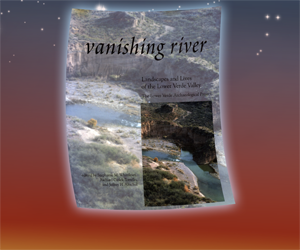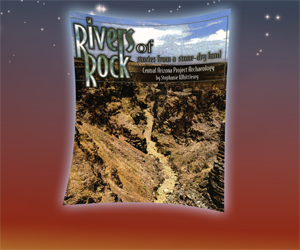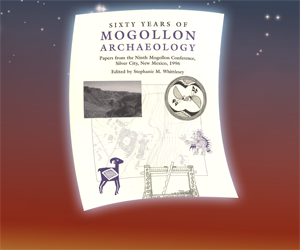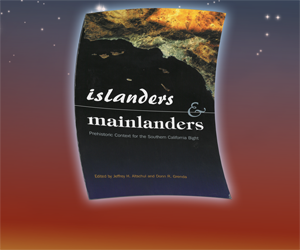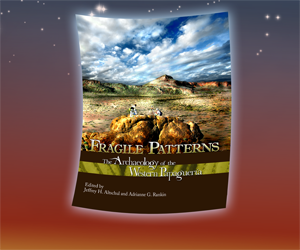Material Culture and Subsistence Practices
People in a Changing Land: The Archaeology and History of the Ballona in Los Angeles, California, Volume 3
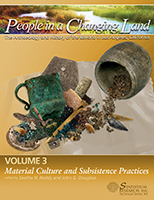
Edited by Seetha N. Reddy and John G. Douglass
Donn R. Grenda, Richard Ciolek-Torello, and Jeffrey H. Altschul, series editors
Technical Series 94, Volume 3
860 pp. / 2016
This third volume in the Playa Vista Archaeological and Historical Project (PVAHP) final report series focuses on two major elements of any archaeological project: material culture and subsistence. The expansive data recovery excavations of the PVAHP at five significant archaeological sites offer important and substantive information on the types of artifacts used and the types of foods eaten by Native Californians in the area over the last 8,000 years, through the Mission and early historical periods. This volume offers impressive information on diverse artefactual information on a wide range artifact types, including glass beads, textiles, stone tools, shell beads, and many other artifact categories. In addition, there are detailed and substantive chapters on a wide variety of subsistence strategies undertaken by these Native Californians over the entire range of occupation.
This volume offers some of the most detailed information on artifacts and food remains dating to the Mission period ever recovered from a rural, indigenous context in the Los Angeles Basin. Although there have been previous studies of native Gabrielino/Tongva use of materials and foods from Mission and Pueblo contexts across this portion of southern California, the broad range of material and food remains recovered, analyzed, and reported on here is unique. The hundreds of thousands of artifacts dating to the Mission period offer insight never offered before, and when combined together, paint an important picture of the use of artifacts and food in everyday life, including mortuary contexts. All told, the analysis and insight in this volume offers valuable information for the area related to: chronology and native culture change, technology and trade, site function, subsistence, and mortuary analysis. This volume will be of interest not only to archaeologists studying different time periods in California, as well as ethnobotanical and faunal specialists studying native food remains, but also to archaeologists, historians, and ethnohistorians studying culture change, ethnogenesis, and culture contact within the context of colonialism.

